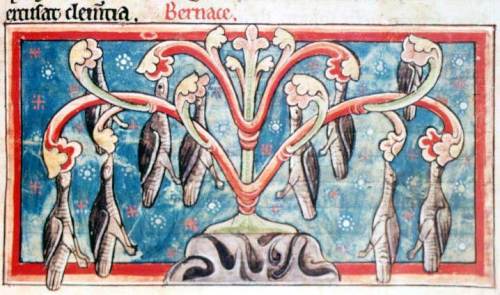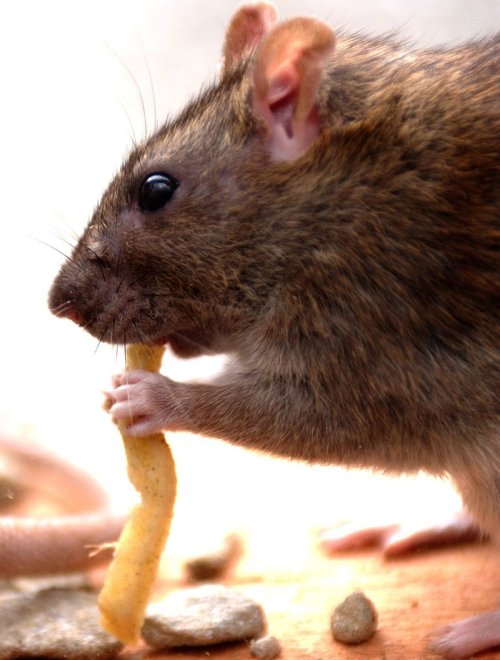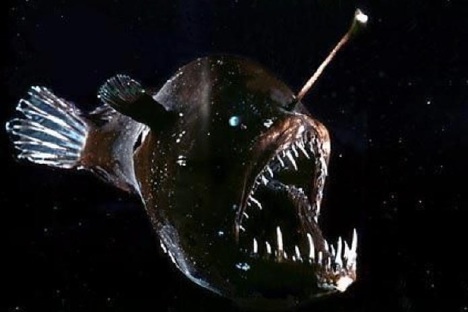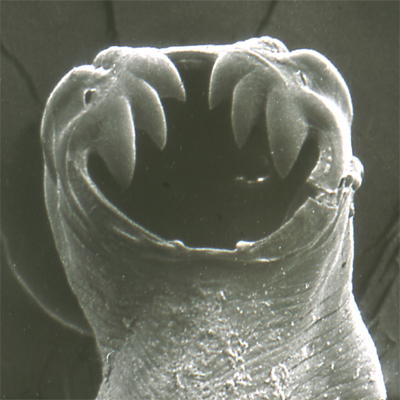
![]()
![]()
![]() British Library, Harley MS 4751, Folio 36r
British Library, Harley MS 4751, Folio 36r
What medieval-inspired bestiary would be complete without the Barnacle Goose? According to Sir John Mandeville, who wrote in the 14th century CE, this fantastic creature is–or was– a species of goose that grows on trees. Not in trees, mind you. On trees.
In his Travels, Sir John writes that
I told them of as great a marvel to them, that is amongst us, and that was of the Bernakes. For I told them that in our country were trees that bear a fruit that become birds flying, and those that fell in the water live, and they that fall on the earth die anon, and they be right good to man’s meat. And hereof had they as great marvel, that some of them trowed it were an impossible thing to be.
We moderns might be inclined to trow it impossible, too. Yet is it possible that the barnacle goose finds its equivalent in recent college graduates, who find themselves suddenly adrift of the parental money tree, and must function on their own or perish? Indeed, the author sees many subtle similarities. Barnacle goslings grow on trees that overhang bodies of water; the young birds hang from their sprouting-points by their beaks. When the birds are “ripe,” they fall. The fortuitous ones, which fall into the water, float and find themselves well on their way to healthy, productive adult lives. But those that fall on land– or go to graduate school– face a harder fate. Some die. The 14th century besties apparently all died, as there simply aren’t many tree-growing geese running about these days.
Yet today’s hapless little geese, who unerringly choose graduate studies in something “esoteric” like “Medieval English” or “Philosphy,” may in fact return to the life-giving tree well into adulthood, until the tree at long last shouts:
“Enough already! how long does a dissertation TAKE, anyway?
sigh.
take it from the author of BV, dear readers. major in something useful, like billiards, or graft.








